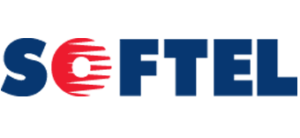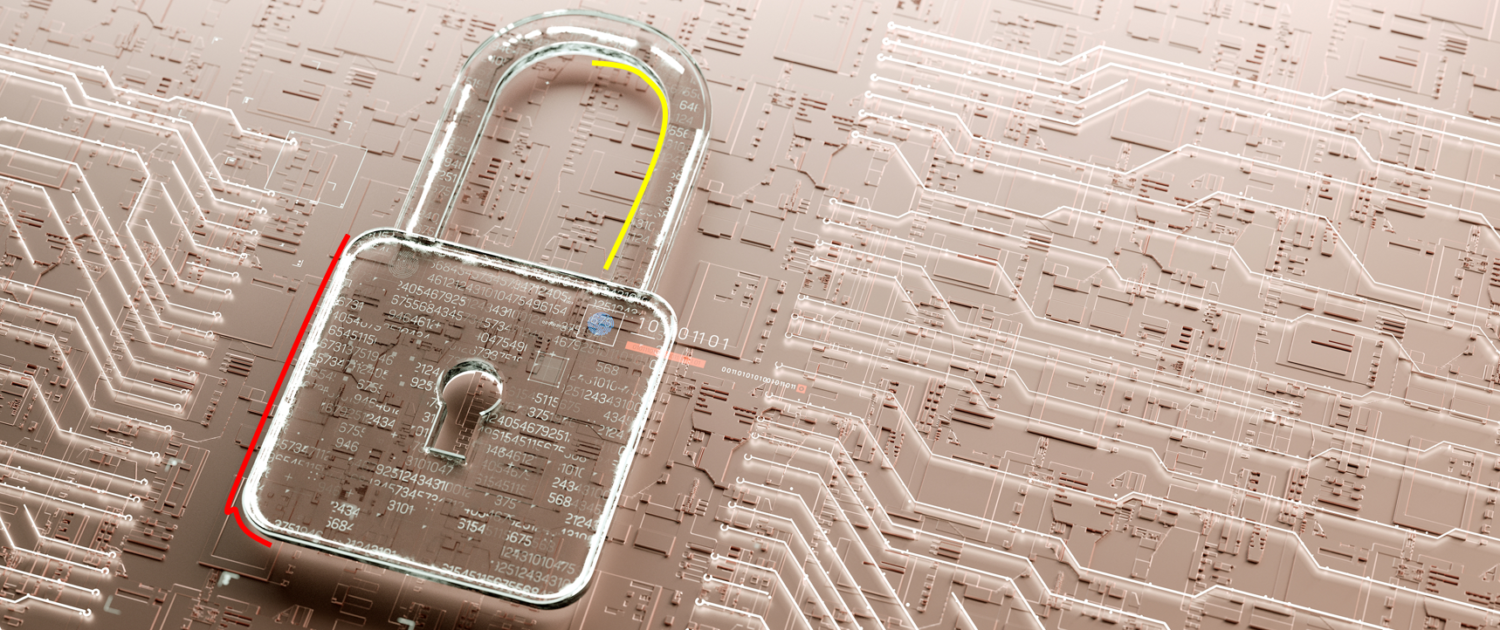Your Introduction to Web 3.0 and Decentralized Digital Identity
It seems like everyone is talking about the decentralized internet right now. Wherever you look, there are groups discussing the power of blockchain, the rise of new technology, and Web 3.0. The question is, what exactly does all of this mean?
Web 3.0 is ultimately a vision of the future internet, based on public blockchains. For those who are still unsure, blockchain technology isn’t just the foundation of cryptocurrency – it’s a record-keeping system quickly gaining value in all aspects of the world, from finance to security.
Web 3.0, or Web3 looks at the power of decentralization for shaping the internet, digital interactions, and the way we live and work in the modern world. To fully understand what this concept could mean to the future of business operations, we need to take a closer look at the internet as it stands today.
The Internet Today: Web 2.0
Web 2.0 is the technology influencing about 80% of our waking life daily. The term was coined between 1999 and 2004 to describe a new form of the internet which moved away from the static desktop webpages we used for information consumption in the early days of the internet.
The rise of our current internet landscape, Web 2.0, was driven in large part by three core pillars of innovation: cloud, social, and mobile.
The launch of the iPhone in 2007 introduced us to a world where mobile internet access as increasingly drastically, broadening both the usage and user base of the web. We began our transition from an age of “dialling into” the internet, to being constantly connected wherever we went.
At a similar time, creations like Myspace, Facebook, and Friendster were transforming the anonymous landscape of the internet into a more “connected” place. These social networks prompted a new form of interaction with the internet, one which helped to break down some of the geographical walls between communities.
Cloud was the technology which commoditised the maintenance and production of internet pages and applications. New cloud providers refined and aggregated mass-produced personal hardware with data centers across the globe, and companies were able to shift from buying and managing their own infrastructure, to renting computing power on the go.
From Web 2.0 to Web 3.0
Even while demand for Web 2.0 was still growing, the first images of web 3.0 began to emerge in recent years. Where web 2.0 focused on mobile, cloud, and social innovations, web 3.0 focuses on open, trustless, and “permissionless” networks.
Gavin Wood was the man responsible for coining the term web3, or Web 3.0 in 2014. At the time, he was just in the process of helping to develop one of the world’s best-known cryptocurrencies, Ethereum. Today, Wood runs the Web3 foundation, which supports projects for the development of decentralized projects. He’s also responsible for Parity Technologies – a company committed to building the blockchain infrastructure for Web3.
According to Gavin, the model for web 2.0 worked for a while, but it’s quickly becoming outdated as the world evolves. The human race has created powerful, regulated bodies responsible for managing how certain industries operate. Unfortunately, it’s very hard to regular new industries, and it’s difficult to ensure the regulators we rely on are as perfect as we would like.
Web 3.0 moves away from the mistakes and inconsistencies of regulatory bodies and centralization in search of an environment that is:
- Permissionless: Anyone, both suppliers (Content creators etc), and users (internet browsers) can participate in the web without authorization from a governing body.
- Trustless: The network itself allows participants to interact privately and publicly without a relying on a trusted third-party (like trusting Google to connect you to a website).
- Open: Networks must be built on open-source software, created by an accessible community of developers. The development of these networks should be done in full view of the world.
The ultimate outcome of this new trustless, open, and permissionless environment is the possibility to incentivise and coordinate the community of data, service, and content providers which currently form the backdrop to many of the biggest challenges we face in the world.
While there’s still no fully standardized definition of what Web 3.0 will become, and how it will influence our communication, customer experience, and business productivity, there are some defining features rising to the surface:
- Decentralization: Web 3.0 breaks massive databases held by giants like Google and Facebook (Meta) down and hand greater control to internet users. Users and generators of data would retain ownership of that data.
- Trustless and permissions: As mentioned above, Web3 will be trustless, permissionless, and all activities will be recorded on blockchains, allowing for a more open, yet more reliable, trustworthy environment for web interactions.
- AI: For web3 to thrive, many experts agree computers will need to understand information on a similar level to humans. Natural Language Processing and machine learning have helped to move us progressively in this direction.
- Ubiquity and connectivity: Content and information will be more available and accessed by an increasing number of everyday devices connected to the web.
What is a Decentralized Internet?
One of the major concepts forming the foundations of Web 3.0 is the “decentralized” internet. In simple terms, this just means that every individual person can just as easily become a provider of an internet server as anyone else in the world.
Web 3.0 essentially spreads the data center out to the “edge”, away from big monopoly companies like Google and Amazon, and into the hands of individual users. Basically, it’s focused on the idea of putting power back into the hands of the individual. Large legacy data centers are now being supplemented by a multitude of powerful resources spread across computers, sensors, appliances, and vehicles, which are set to consumer around 160 times more data in 2025 than in 2010.
Decentralized data networks essentially make it possible for these data creators (such as data from a car’s location, or a person’s individual health data) to sell this data without losing ownership control, giving up privacy, or relying on third-parties and middlemen. In other words, decentralized data network brings the actual generators of data into the data economy.
Web 3.0 enables a new age of internet where distributed machines and users can interact with data, value, and other counterparties in peer-to-peer networks without the need for third parties. The results should be a human-centric computing fabric for the next era of internet.
Web 3.0 isn’t reliant on some centralized entity to determine who should have access to which service. There’s no need to build and deploy applications reliant on third-party middle men. Web 3.0 applications empower everyone to play their own part in the development of the internet.
What is Decentralized Data Identity?
Decentralized data identity is one of the most interesting concepts of Web 3.0, and one of the ideas influencing how this technology will influence businesses in the years to come. With Decentralized data identity, “DDID”, people have the power to own and control their digital identity, and therefore protect their privacy with more secure user experiences.
For organizations, it’s an opportunity to engage with less risk, improving transparency and auditability, through the use of electronic data verification through the blockchain. It’s also a fantastic opportunity to improve the overall customer experience, by restructuring the digital identity system for the peace of mind of every user.
For developers, decentralized data identity networks allow for the creation of user-centric apps and services which officially store data with users, allowing for better protection. In a future of decentralized data identity, the identifiers contact centers and businesses use to determine a person is who they say they are could be replaced with IDs that are independent, self-owned, and unique (similar to a kind of NFT). These tools will allow for better data exchange using blockchain and distributed ledger technology, which improves the security and privacy of every transaction.
The concept of decentralized digital identity builds on existing concepts like smart contracts for the tracking and auditability of interactions in a new business environment. Like NFTs, or Non Fungible tokens, every DDID would be unique to the individual user, and recorded on the blockchain, allowing for greater traceability and authentication.
Companies like Microsoft are already beginning to champion the concept of decentralized identity for the future of business operations. As our lives are increasingly connected to apps, devices, services, and even the wider concept of the metaverse, we’re constantly subject to the risks of possible data breaches and privacy loss. Standards-based decentralized identity systems provide better control and privacy over data.
To enable this decentralized approach to identity, Azure Active Directory is already enabling the use of decentralized identifiers for the management, validation, and sharing of digital data.
Why is Web 3.0 Important?
It’s been years since the concept of 3.0 first emerged in the digital world. Tim Berners-Lee even discussed his version of web 3.0 in a paper in 2001, referencing the concept of the “semantic web”. Today, our understanding of what Web 3.0 and the decentralized internet could be is growing increasingly more refined.
A lot of confusion around Web 3.0 has prompted some people to believe this term simply refers to things like the rise of cryptocurrency or NFTs in the digital landscape. However, the reality is that the decentralized internet is a lot more powerful than most people realize.
Web 3.0 treats the internet as a complete, trackable, flexible, and comprehensive infrastructure for sharing knowledge and experiences. Rather than allowing anyone to “regulate” the internet as a single entity, web 3.0 allows us all to take control of our own digital data and lives. In this world, there’s no limit to the kind of amazing experiences companies could create for their customers.
What’s more, the traceability and “trustless” nature of the new internet could reduce the risk of some serious issues in our existing web environment, from fraud, to ransomware.




